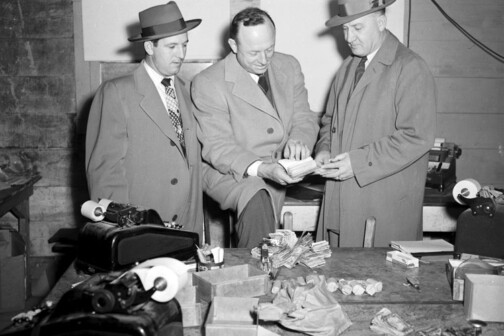
Are incentives more or less important today in the site selection process? The search for an answer is an ongoing debate, especially among economic developers competing for corporate relocations and expansions. My professional opinion is that they are every bit as important as they ever were and in many cases, more important.
Although not the top reason for selecting a specific location, incentives definitely rank within the top three decision-making factors. Availability and cost of labor is No. 1 in most cases, with accessibility to customers, markets, suppliers, and vendors coming in second. The third decision factor is cost. Of course, “cost” takes labor into consideration, but it also involves factors like real estate, energy, transportation and shipping, tax climate, and incentives.
Pursuing the opportunity for incentives makes good business sense, just like seeking affordable labor, reasonably priced real estate, lower cost utilities, and cost-saving logistics, makes good business sense. Companies are doing just that, looking to relocate to lower operating costs, lower property tax rates, and lower real estate costs. Businesses continue to work toward cost-reduction and the identification of consolidation, downsizing, or rightsizing opportunities.
Corporate decision-makers look at incentives in the context of their overall impact on investment and operating cost environments. Historically, incentives were usually in the form of job training, tax abatements, and tax credits—the latter functioning more in the capacity to level the playing field, when comparing prospective states with states that did not have that specific form of taxation like income tax or withholding tax liabilities.
Incentives were formerly secondary considerations that came up later in the site evaluation process. Now, estimated potential incentives are brought up early in the site identification qualification and evaluation process. Why? Because of that all-important “cost” factor and their potential impact to lower a tax burden or defray relocation or start-up costs.
At a recent real estate industry panel presentation, I heard a local developer remark that incentives weren’t as important anymore in Texas. I would beg to differ that incentives have been very important to Texas’ success to date in adding new operations and, thus, jobs.
True, Texas is well-positioned to offer a company a competitive advantage when it comes to those top three decision factors—labor, access, and cost. Texas is still outpacing most of the nation, with Houston leading the way as No. 1 in the state because of its energy industry and port activities.
The state’s centralized geographic location, international airports and highway system provide accessibility. Its current workforce, quality universities, community college system, technical school training programs, and population growth assure an ongoing labor pool. And, when it comes to costs, Texas historically ranks in the top three nationally for overall cost of living and doing business.
The state of Texas, its cities, counties and economic development organizations collectively offer one of the most aggressive and flexible incentive programs in the nation. This factor has not gone unnoticed by companies looking to relocate or expand. I don’t think anyone would dispute the fact that incentives are not the top reason for relocations to Texas but that doesn’t make them unimportant.
I believe in the case of Texas, companies recognize both the presence of the key location factors and that there are aggressive incentives in place to potentially offset costs and provide tax relief, so they short-list Texas. And, when it comes to doing economic development recruitment, that’s key—making the “short-list.” From that point on, those three key decision factors all go into play to different degrees of relevance, depending on the type of industry and proposed operation.
As I brought up in an earlier RealPoints blog, the competition between states in terms of aggressive incentive programs is growing. About 20 states, including Georgia, Virginia, North Carolina, Florida and Arizona, now have deal-closing funds similar to the Texas Enterprise Fund.
Out-of-state communities are getting more aggressive at the local level with an increasing number offering cash grants and expanded tax rebate programs. For Texas to continue to outpace the others, it is important that its flexible incentive programs stay in play as relevant contributors to offset relocation and operational costs.
Burns is a national site consultant based in the Dallas area. She specializes in incentive negotiations and economic development location strategies. Contact her at [email protected].




